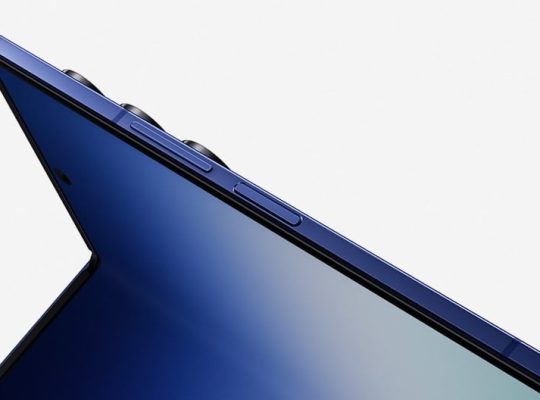This content is a complex combination of images, CSS styles, and responsive design adjustments. The provided HTML code incorporates an image and a series of styled elements that adjust based on the screen size of the device being used.
The image included uses a URL from and is set up with responsive dimensions. The CSS settings are integrated to maintain the design and functionality of the page across various platforms, including desktops and mobile devices.
Furthermore, the CSS rules aim to enhance user interaction and visibility. For example, the sticky positioning for ads ensures that they remain visible during scrolling, maintaining a user’s focus on essential content while engaging with advertisements. The design also takes into account the importance of hierarchy in site structure, ensuring that the navigation elements remain accessible regardless of screen size.
Additional media queries adapt the layout for different device sizes, ensuring that elements like navigation menus and video display dimensions change accordingly. For users on mobile devices, elements that are not relevant to the content, such as certain navigation components, are hidden to streamline the user experience.
Overall, this HTML snippet effectively communicates a robust structure for displaying multimedia content while ensuring an optimal user experience through careful attention to detail in CSS design. This careful orchestration of visual components and responsive design caters to the diverse needs of a modern audience, paving the way for engaging interactions.










